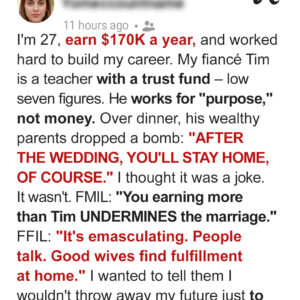Melanie Griffith’s recent appearances have reignited online debate about how her face has changed over the decades. Throwback photos from the ’80s and ’90s show a soft, natural look; by the 2000s, fans began speculating about cosmetic enhancements as her skin appeared smoother and her features more sculpted. In 2025—at events like a Beverly Hills book launch, the “Splitsville” premiere, and her daughter Stella Banderas’ wedding—she drew both praise and criticism for a taut, polished look with faint lines still visible.
Public reaction has been mixed and loud. AI “what-if” images circulated, imagining how Griffith might look today without any aesthetic work—softer lines, a relaxed jaw, and natural aging—fueling more comparison. Griffith herself has previously said she was hurt by harsh comments and later had fillers dissolved to look “more normal,” offering a candid glimpse into how scrutiny affects celebrities.
Context matters: Griffith has also managed real health issues. She’s spoken about basal cell carcinoma diagnoses starting in 2009 and subsequent treatments, which left visible marks that some mistook for bruising. She’s since used her platform to encourage skin checks and sun protection, underscoring that not every change is cosmetic.
The wider conversation—folding in other public figures—highlights how fame, beauty standards, and aging collide, especially for women. Whether through procedures, medical recovery, or time itself, faces evolve; the debate often says as much about cultural pressure as it does about any single star.





